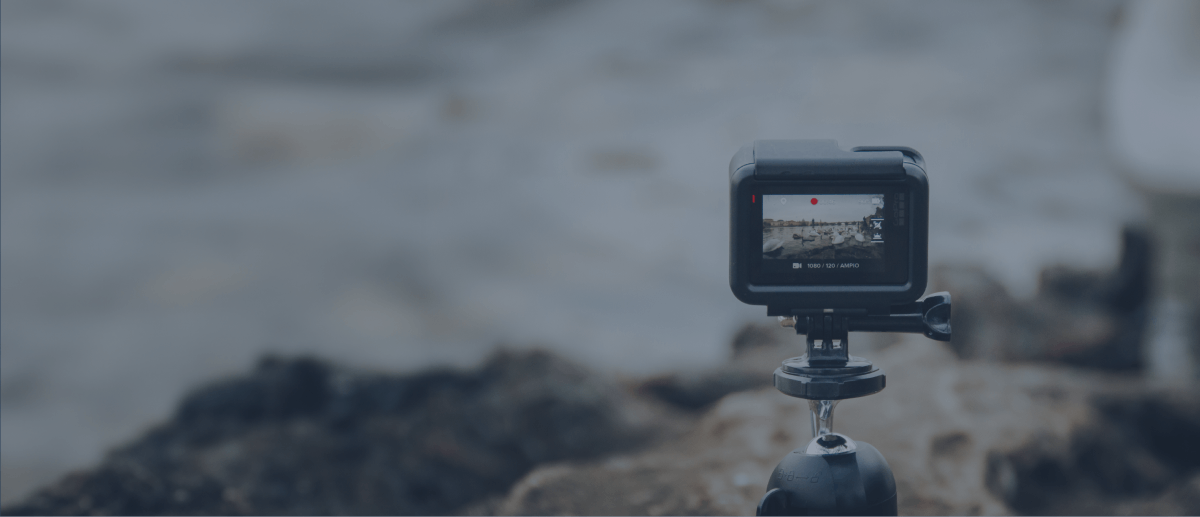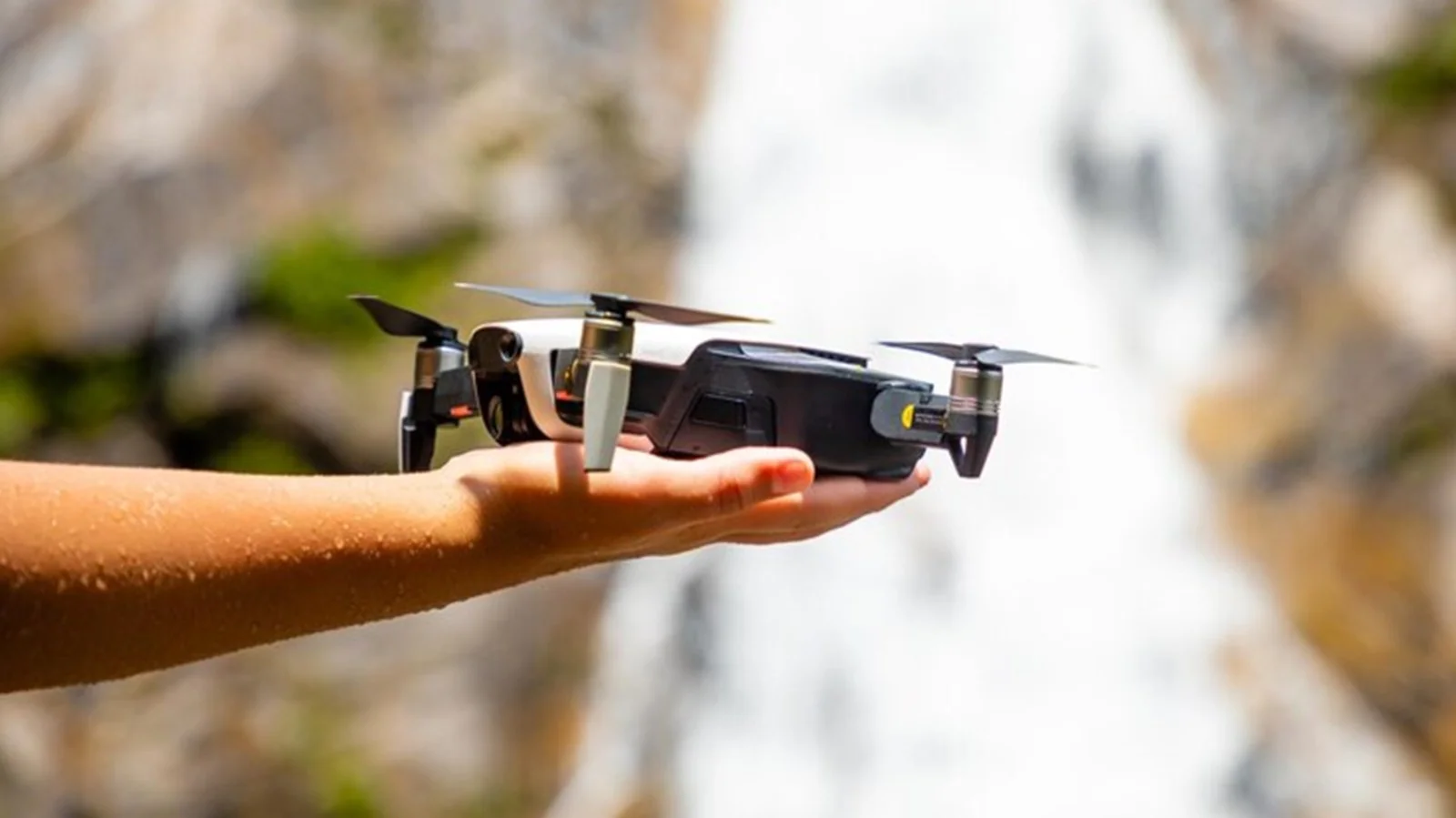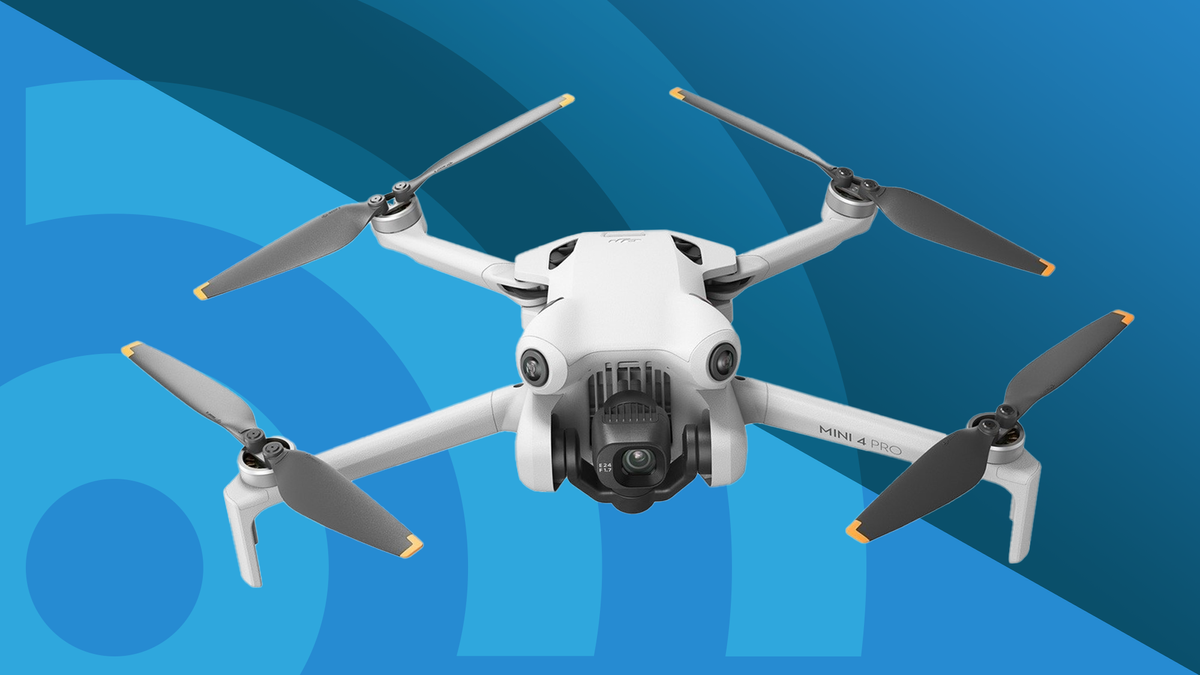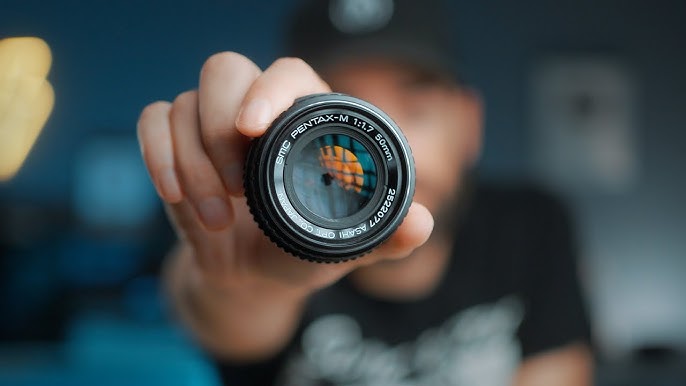In the realm of drone photography and videography, high-resolution camera lenses are key to capturing stunning, detailed images from the sky.
Whether you’re shooting expansive landscapes, intricate architectural details, or high-definition video footage, the quality of your lens plays a critical role in achieving professional results.
This guide will explore the benefits of high-resolution drone camera lenses, key features to look for, and how to choose the right lens for your aerial needs.
Why High-Resolution Matters
1. Enhanced Detail and Clarity:
- Benefit: High-resolution lenses are designed to capture fine details and deliver sharp, clear images. This is especially important for large prints or when cropping images to highlight specific areas.
- Impact: The increased detail allows for more impressive and accurate representations of your subjects, whether you’re photographing vast landscapes or intricate architectural designs.
2. Improved Image Quality:
- Benefit: High-resolution lenses typically offer superior optical performance, including reduced chromatic aberrations, lower distortion, and better color accuracy.
- Impact: This results in more vibrant and true-to-life images, making your aerial photography stand out with professional quality.
3. Greater Flexibility in Post-Processing:
- Benefit: High-resolution images provide more latitude for editing and adjustments without sacrificing quality. This is beneficial for tasks like cropping, color correction, and sharpening.
- Impact: You have more creative control and can enhance your images to achieve the desired look without worrying about losing detail.
Key Features of High-Resolution Drone Camera Lenses
- Optical Quality:
- Glass and Coatings: Look for lenses with high-quality glass elements and advanced coatings that minimize aberrations, flares, and distortions. Multi-coated or nano-coated lenses are preferred for their ability to enhance light transmission and reduce reflections.
- Sharpness: The lens should deliver exceptional sharpness across the entire frame, including the edges. High-resolution lenses are engineered to maintain clarity and detail even in challenging conditions.
- Focal Length:
- Wide-Angle Lenses: Ideal for capturing expansive scenes with a broad field of view. Lenses in the range of 14mm to 24mm are commonly used for landscape photography.
- Standard Lenses: With focal lengths around 24mm to 50mm, these lenses provide a more natural perspective and are versatile for various types of shots.
- Telephoto Lenses: For detailed shots of distant subjects, telephoto lenses with focal lengths of 70mm and above offer the ability to zoom in while maintaining high resolution and detail.
- Aperture Size:
- Wide Aperture (e.g., f/1.8 or f/2.8): Larger apertures allow more light to enter the lens, improving performance in low-light conditions and enabling a shallower depth of field.
- Standard Aperture: An aperture size of f/4 or f/5.6 is adequate for most daylight scenarios and provides a good balance between depth of field and image sharpness.
- Build Quality and Durability:
- Materials: High-resolution lenses should be constructed from durable materials that withstand environmental factors. Look for weather-sealed designs for added protection.
- Weight: Consider the lens’s weight, as heavier lenses can affect the drone’s flight performance and battery life. Aim for a balance between build quality and weight.
Recommended High-Resolution Drone Camera Lenses
- DJI Zenmuse X7 16mm and 24mm Lenses:
- Features: These lenses offer exceptional optical quality with high resolution, making them ideal for capturing detailed aerial images. The 16mm lens provides a wide field of view, while the 24mm lens offers a versatile standard perspective.
- Review Highlights: Praised for their sharpness, color accuracy, and minimal distortion, these lenses are favored by professional aerial photographers for their outstanding performance.
- DJI Mavic 2 Pro Hasselblad Camera:
- Features: Equipped with a high-resolution Hasselblad camera and a 28mm lens with an aperture of f/2.8, this setup provides excellent image quality and detail.
- Review Highlights: Known for its large 1-inch sensor and superb resolution, this camera system delivers stunning, high-definition images with rich color and clarity.
- Freewell All-Day Filter Set for DJI Mini 2:
- Features: Includes a variety of filters to enhance image quality, including ND and CPL filters. While not a lens itself, these filters can complement a high-resolution lens by controlling light and reducing reflections.
- Review Highlights: Highly recommended for improving image quality and providing additional creative control in various lighting conditions.
Tips for Using High-Resolution Drone Camera Lenses
- Optimize Camera Settings:
- Resolution Settings: Ensure your drone’s camera is set to the highest resolution possible to take full advantage of your lens’s capabilities.
- Focus and Exposure: Use manual focus and adjust exposure settings to ensure optimal sharpness and detail.
- Regular Maintenance:
- Cleaning: Keep the lens clean from dust and smudges to maintain image clarity. Use proper cleaning tools and techniques to avoid scratches.
- Protective Gear: Use lens caps and protective filters to safeguard the lens from environmental damage.
- Post-Processing:
- Editing: Utilize photo editing software to enhance image quality, adjust colors, and fine-tune details. High-resolution images provide more flexibility for post-processing without losing quality.
Conclusion
Investing in a high-resolution drone camera lens can significantly enhance your aerial photography by delivering sharper, more detailed images and improving overall image quality.
By understanding key features, researching recommended lenses, and following best practices for usage and maintenance, you can make the most of your lens and capture breathtaking aerial visuals.
Equip your drone with a high-resolution lens and elevate your photography to new heights of clarity and detail. Happy flying and shooting!








Leave a Reply